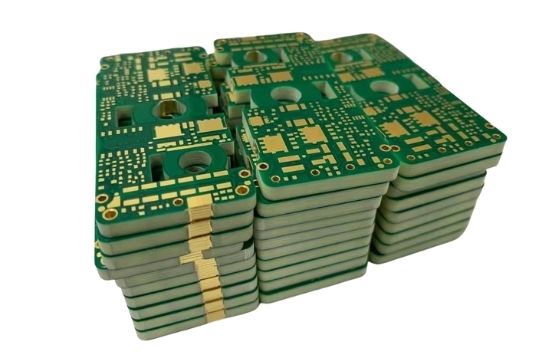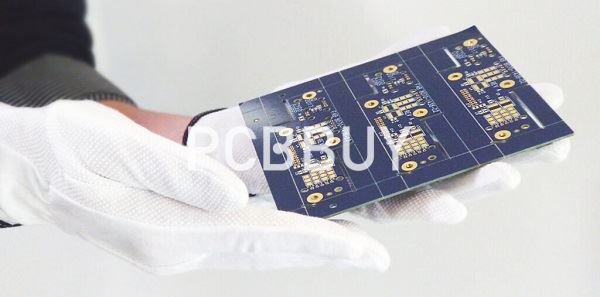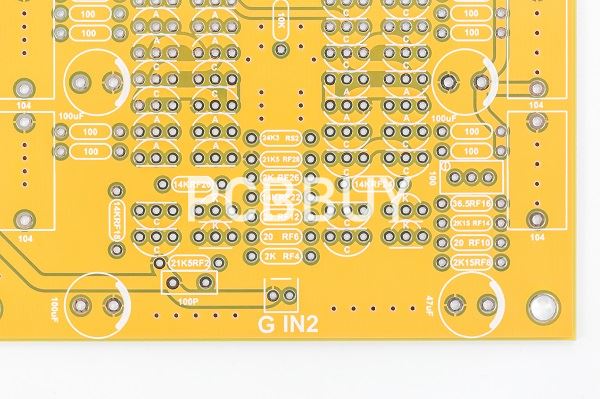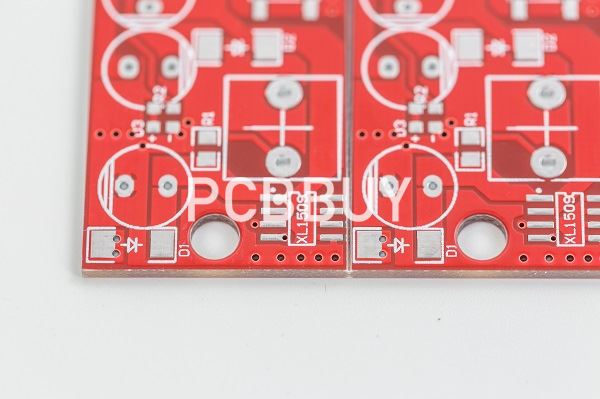How to Reduce PCB Cost with 5 Efficient Methods for PCB Manufacturers?
By:PCBBUY 10/25/2021 10:18

Reducing the cost of printed circuit boards is really about keeping things simple and effective, designed to achieve your goals and your needs in as direct a way as possible. PCBs are usually seen as a complex dance of getting everything to fit in the smallest space or trying to space everything out as much as possible to make them easy to read.
There is indeed a happy medium somewhere. You can reduce the cost of PCBs by looking for this middle ground. In this piece, we’ll present seven of those in-between spaces for reducing the cost of printed circuit boards. If you are going to know the methods of reducing PCB cost, check and read the content below for more information.

1. Why to reduce PCB cost?
It continually faces stiff competition and regulations. The PCB Manufacture processing itself is driven by many variables that can independently affect the overall board price. Manufacturers and the users control some of the factors that affect the cost. But then, some elements are beyond the reach of both. Among such factors are conditions like exchange rates, utility tariffs, material cost, among many others.
So, understanding all these factors helps you know the value of the printed circuit board through evaluating the manufacturing process.
Sometimes, the users can also make decisions that can influence the cost from his/their side. The most obvious ways of reducing cost are: making the boards as simple as possible, using fewer components, and reducing the board complexity. At times, you might also consider using basic shapes as much as possible, ordering a large batch quantity, and of course, using the least expensive service available.
2. How to streamline the PCB layout and Design?
· Make sure that each portion of the design is reviewed and signed off to reduce rework. If you have team sharing software, this can help speed up the design review process. But even the standard design review meeting can be enhanced with projected views of the design that highlight specific components and sensitive nets and trace routing.
· Have a well-developed design library in place so that you aren’t continually rebuilding the same parts. Another option is to use a PCB library vendor that can provide component symbols and footprints directly from the part manufacturer.
· Save and reuse common areas of circuitry to save a lot of time and effort in the same way that a design library can.
· Make sure that your design data is backed up and protected against data loss.
3. How to define the right board size and standard thickness?
Board format has a high impact on the wiring process: if the PCB is small and complex, more time and effort will be needed for the assembler to complete it. Highly compact sizes will always be expensive. So it’s always a good thing to save space, we recommend not reducing it more than necessary to avoid multiple operations on the same board.
Once again, remember that complex forms have an impact on the price: a square or rectangular PCB will allow you to keep control.

The more you increase PCB thickness, the higher the manufacturing costs...in theory anyway! The number of layers you select has an influence on the board vias (types and diameters). Your overall board costs can be reduced if the board is thinner, but may require more holes and some machines can sometimes not be used with thinner PCBs. What will help you make savings is to discuss it with your supplier early on!
4. How to prepare for BOM to reduce cost?
BOM, short for bill of materials, is a comprehensive list of raw materials, items, assemblies and sub-assemblies, components etc. for product manufacturing. You might think creating a BOM is much easier than making the Gerber file while we found more mistakes tend to be made in BOM then in Gerber files.
A complete BOM should include essential items for PCBA including Part number, Manufacturer name, Reference designator, Quantity, Description, Case/Package, SMT method, Top/Bottom, Points/Footprint, Comment/Note, BOM level, Comment/Note. Usually, PCB Assemblers have their in house BOM template and BOM creating guidelines, which you can fill in accordingly and speed up the quotation procedure.

It's highly recommended to add components replacement in your BOM. As electronics is developing super fast, components upgrade rapidly with old items eliminated. Though your PCB assembler will inform you about items that went out of production, time will be wasted to locate the replacement and production will be delayed accordingly. With the complete BOM and replacement provided, PCB assembler can quote in just one or two days and start the production with your confirmation. It's always good to look forward and be fully prepared for any kind of emergency.
5. How to make the component source of PCB?
If you’re with a company of small size, it’s hard to control your budget and project schedule. Under this circumstance, relying on a PCB assembler will make more sense. PCB assemblers are more likely to have friendly relationships with franchised component distributors due to their long-term cooperation. They can get your needed components from those distributors at a wholesale price, which is much lower than retail price. To evaluate a PCB assembler that has genuine cooperation with franchised component distributors, you can ask for its purchase invoice from distributors.
Industry Category











